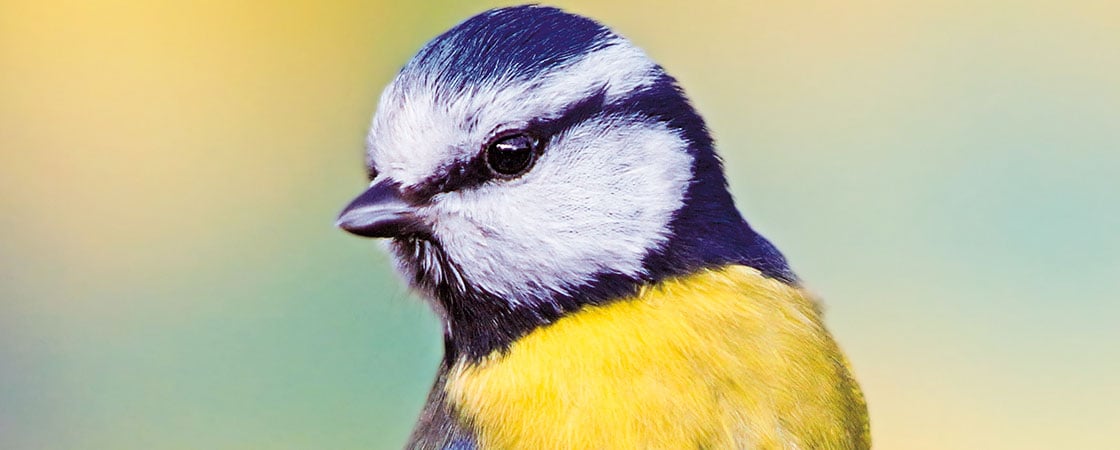Some days you come
With snowflakes falling,
Then you show up
With robins calling—
Spring or Winter?
Pick one—please!
Will my toes be warm
Or will they freeze?
Your buddy, April’s,
At the door,
And we know who
She’s rooting for.

Will March bring winter snow or spring sun?
Learning Objective: Students will identify examples of personification in this descriptive rhyming poem about spring weather.
Some days you come
With snowflakes falling,
Then you show up
With robins calling—
Spring or Winter?
Pick one—please!
Will my toes be warm
Or will they freeze?
Your buddy, April’s,
At the door,
And we know who
She’s rooting for.
“Make up your mind, march!” by Beverly Mcloughland.
Author controls all rights.
Watch these short videos to enjoy two more poems by this issue’s poet. “Special Delivery” uses personification to talk about the sun, and “Danger! Chicks Hatching” celebrates another springtime indicator.
Your students will love learning more about personification with this foot-tapping animated video from The Bazillions. Or if you prefer a shorter, non-musical-number approach, try this short video instead.
Share Signs That Spring Has Sprung from LiveScience and ask your students to add other signs of spring’s arrival to the list.
Hear what a robin sounds like with these recordings from Cornell University’s Lab of Ornithology.
More About the Article
Key Skills
Personification, rhyme, interpreting text, main idea, making inferences, expressing an opinion
1. PREPARING TO READ
Set a Purpose for Reading (10 minutes)
2. READING AND DISCUSSING
Close-Reading and Critical-Thinking Questions (15 minutes)
3. SKILL BUILDING